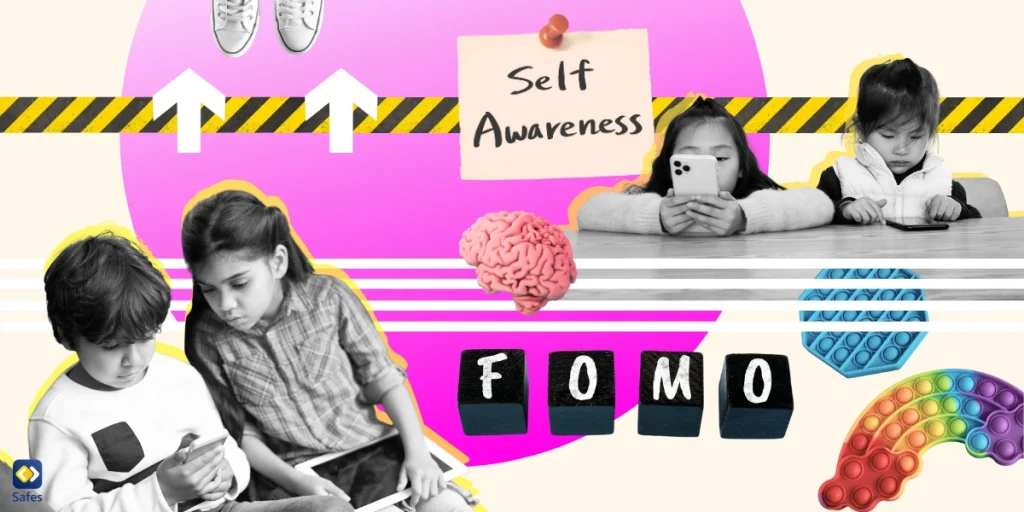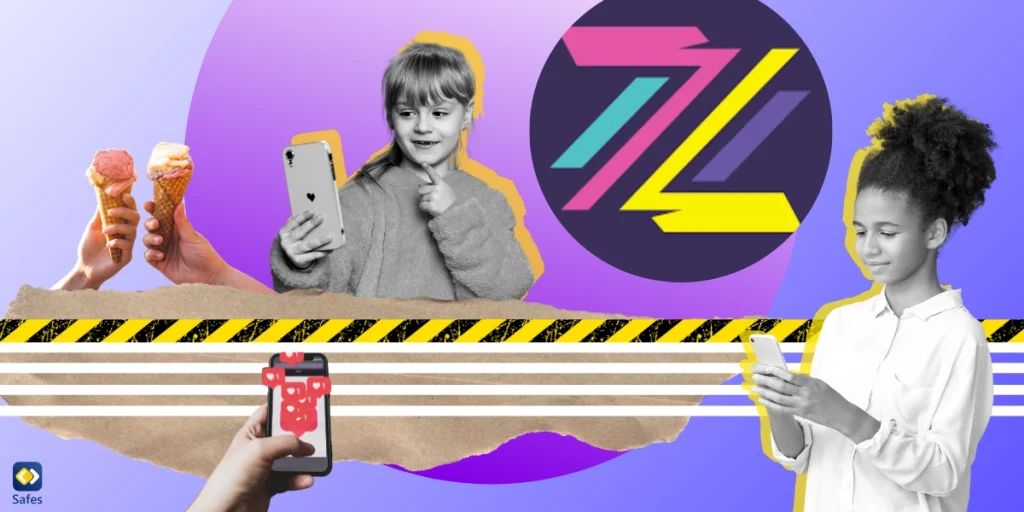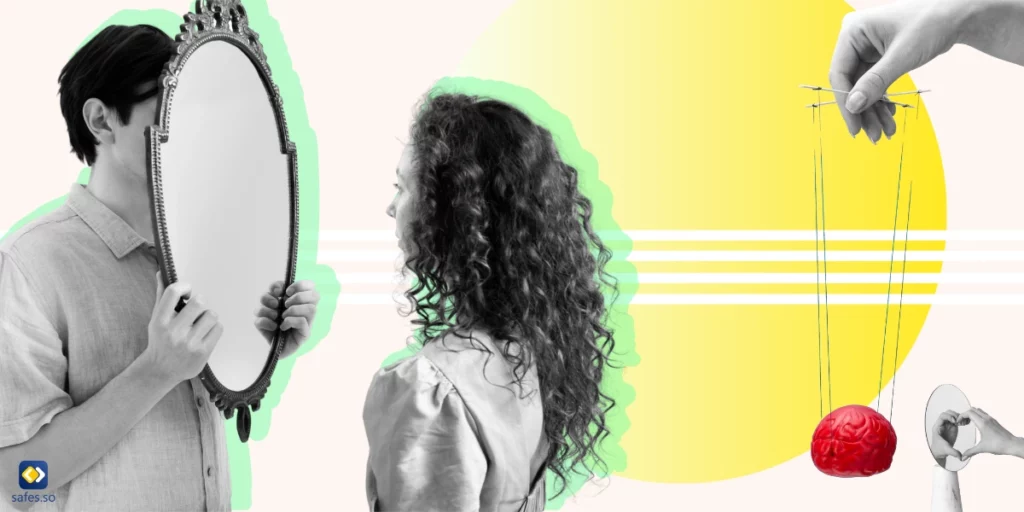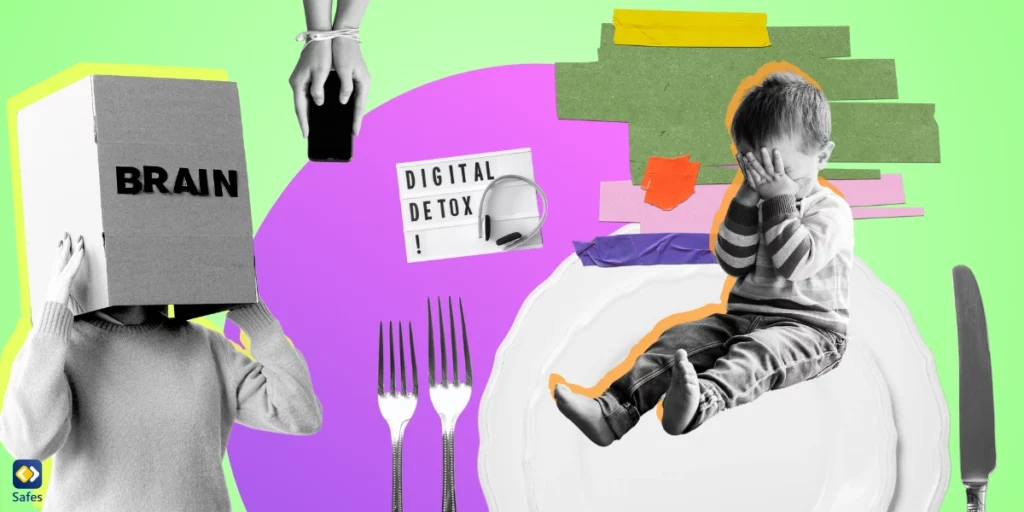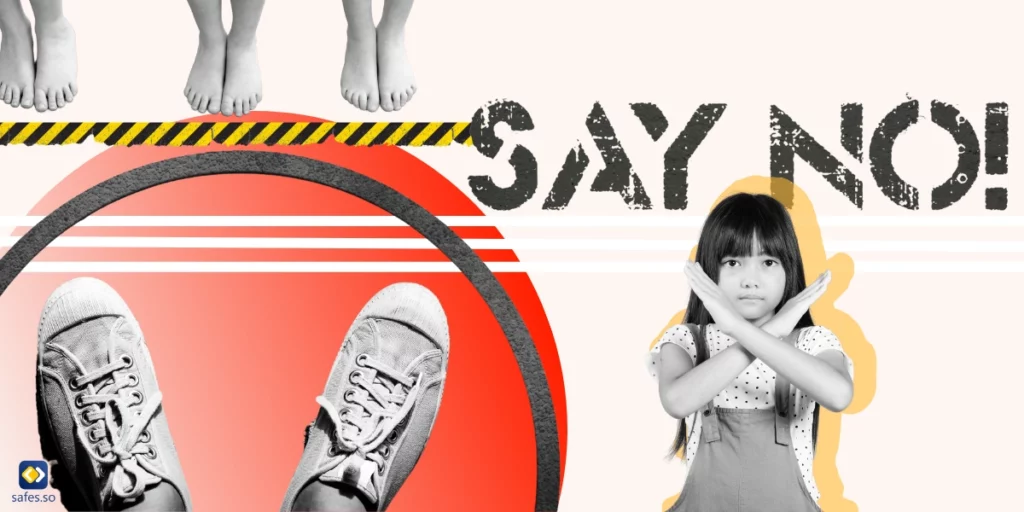Social media challenges have gained immense popularity among children and teenagers as they seek to participate in these trends to gain attention and validation from their peers. Some challenges promote positive causes and unity, while others can be hazardous and even life-threatening. As parents, it is crucial to be aware of these dangerous social media challenges to protect your child from harm.
The Allure of Social Media Challenges
Social media challenges have a unique appeal to children and teenagers. They wish to be part of something big and feel thrilled and excited to do something that can go viral. The praise and approval they receive from their peers and their community also lure them into attempting extraordinary tasks.
Something going viral on social media often brings about temporary fame and popularity. Social media users usually add to the lure of participating in challenges with their likes, comments, and reposts. Unfortunately, the number of interactions a person receives on social media has become a mark of a person’s success or popularity. Children and teenagers would take risks to boost their online presence and self-esteem on social media regardless of the consequences.
The Dark Side: Dangers of Social Media Challenges
Not all internet challenges are harmful. In fact, some of them, such as the “Ice Bucket Challenge,” which was viral during the summer of 2015, can help raise awareness about global issues _in the case of the Ice Bucket Challenge, raising awareness about ASL disease. Albeit keep in mind the Ice Bucket Challenge was not totally risk-free.
At the other end of the spectrum, several dangerous trends on social media pose risks to children and teenagers. Some internet challenges can have severe and lasting mental, emotional, and physical consequences. Let’s see what psychological and physical consequences these challenges have.

The Mental and Emotional Impact
The pressure to conform to social media challenges can lead to feelings of inadequacy, anxiety, and low self-esteem in children. They may feel compelled to participate in these challenges, even if they are uncomfortable or aware of the potential dangers.
The competitive nature of the challenges can create a sense of rivalry and comparison among peers. Children may feel the need to outdo each other, leading to excessive stress and competition. The constant need for validation and attention can harm the youth’s mental health, causing emotional distress and a skewed sense of self-worth.
One of the most dangerous internet challenges with mental consequences was the “Momo Challenge.” It involved a creepy cartoon character called Momo appearing in animated videos inviting children to do harmful things. Some people claim Mono never appeared in a children’s show, but it was a hoax that social media users created by reposting information about it. The terror was enough for many parents to stop their children from watching children’s shows on the Internet for a while.
The Physical Risks
Beyond the mental and emotional impact, dangerous social media challenges can also pose significant physical risks to children and teenagers. Some challenges involve engaging in activities that can lead to severe injuries, permanent harm, or even death.
For instance, challenges like the “Tide Pod Challenge,” where participants consume laundry detergent pods, can cause poisoning, burns, and damage to the digestive system. “The Choking Game,” which involves cutting off oxygen to induce a sense of euphoria, can lead to brain damage, seizures, and even death. The “Salt and Ice Challenge,” where participants expose their skin to salt and ice, can result in severe burns and skin damage.
The Role of Parental Supervision
Fortunately, there’s a lot that you, as a parent, can do to diminish the effect of social media on your child and stop them from attempting harmful social media challenges. Here are our suggestions:
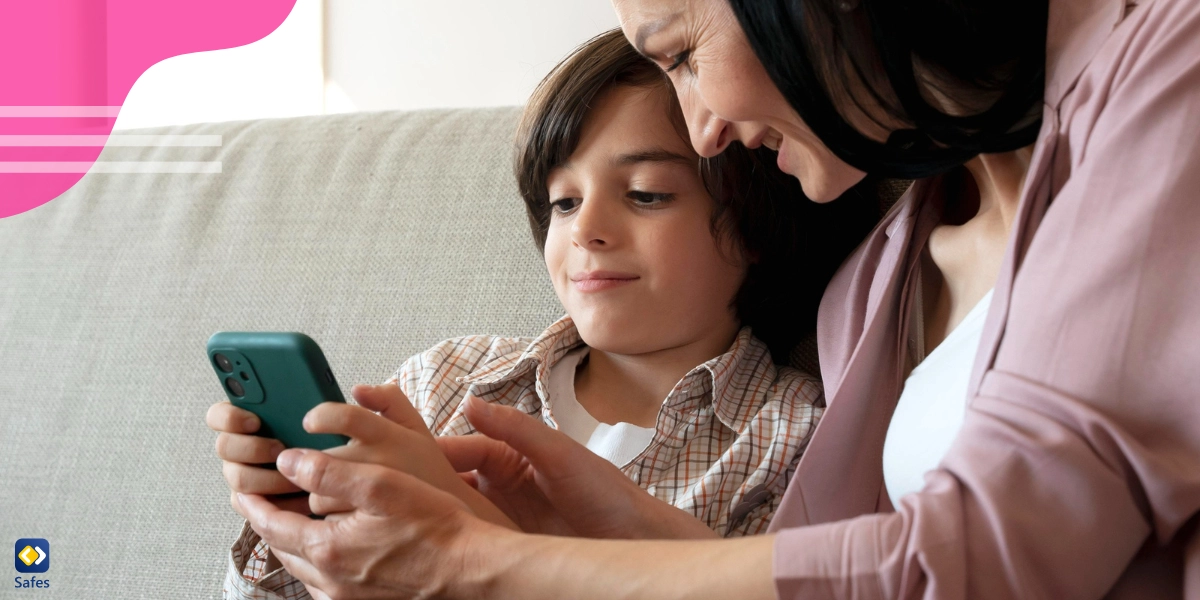
Establishing Open Communication
We all need some social media challenge detox at home, and creating a safe and open environment for communication is crucial for this goal. Encourage your child to discuss their online experiences, including any challenges or trends they come across. Listen to their perspectives without judgment and engage in meaningful conversations about the potential risks and consequences of participating in these challenges.
Setting Clear Boundaries
To avoid harmful social media trends, it’s also necessary to establish clear boundaries regarding using social media and participating in challenges. Set age-appropriate guidelines, discuss the potential risks, and ensure your children understand the importance of their safety. Limit their access to specific platforms or activities if necessary and explain your reasons behind these restrictions.
Monitoring Activity
Regularly monitor your child’s social media activity. You don’t need to take social media from your child or stop them from participating in safe internet challenges. You only need to be aware of the platforms they use, the content they consume, and the challenges they may be exposed to. Follow your child on social media platforms, regularly check their profiles, and stay informed about the latest trends and challenges. Also, remember to teach your child the crucial social media etiquette.
How Can Parental Control Apps Help
Parental control apps like Safes can be a valuable tool in monitoring, managing, and protecting your child’s exposure to dangerous social media challenges. Safes offers features such as content filtering, screen time management, app blocking, and social media monitoring. With Safes, you can set restrictions, monitor your child’s social media activity, and receive alerts about potentially dangerous content or interactions.
If you’re interested in trying Safes to protect your child on social media, feel free to download it from AppStore or Google Play. Also, use the following links to learn how to put parental controls with Safes on a variety of platforms:
- Windows parental controls
- Macbook parental controls
- Parental controls on Android
- iPhone parental controls
Begin your 14-day free trial today and start safeguarding your child’s online experience with Safes, no credit card required.
Conclusion: How to Avoid Harmful Social Media Challenges
While some social media challenges can be positive by showing solidarity or gaining attention for a public issue, most children and teens participate in them for reasons such as the thrill they get from doing something extraordinary or gaining attention. They may also do it out of fear of missing out or peer pressure. All in all, they can put children under mental and emotional pressure as well as put their physical health at risk by attempting dangerous tasks.
As parents, there’s a lot we can do to mitigate the effect of social media on our children. We need to communicate with them and remind them of the consequences of social media challenges while also supervising their activities on social media. The Safes parental control app can be a helpful digital tool to monitor and manage children’s social media use.
